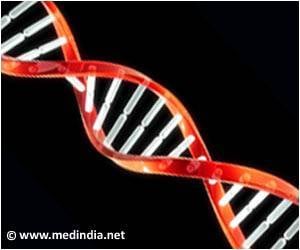A team of researchers have identified specific molecules that can help awaken the sleeping brain stem cells.
A team of researchers at Schepens Eye Research Institute claims to have identified specific molecules that can help awaken the sleeping brain stem cells.
Dr. Dong Feng Chen, who is an associate scientist at Schepens Eye Research Institute and an assistant professor of ophthalmology at Harvard Medical School, points out that the activation of such cells can transform them into neurons (nerve cells), and allow the repairing of damaged brain tissue.The researcher also says that a previous study had shown that neural stem cells exist in every part of the brain, but are mostly kept silent by chemical signals from support cells known as astrocytes.
He says that the two studies together give new hope for people suffering from brain-ravaging diseases-like Parkinson's, Alzheimer's disease, or traumatic brain or spinal cord injuries.
Dr. Chen has revealed that until the studies on the adult brains of mice, it was assumed that only two parts of the brain contained neural stem cells, which could be turned on to regenerate brain tissue-the subgranular zone (SGZ) of the hippocampus and the subventricular zone (SVZ).
As a consequence, scientists believed that when neurons died in other areas of the brain, they were lost forever along with their functions.
In the first study, Chen's team had observed that astrocytes in the hippocampus were sending one signal to the stem cells, and that those from the rest of the brain were sending a different signal to stem cells.
Advertisements
The researchers also found that removing those molecules (with a genetic tool) activated the sleeping stem cells.
Advertisements
Dr. Jianwei Jiao, the first author of the two study papers, said that the findings identified a key pathway that controls neural stem cell growth in the adult brain, and suggested that it might be possible to reactivate the dormant regenerative potential by adding sonic hedgehoc, or blocking ephrin-A2 or ephrin-A3.
The researchers now have plans to try stimulating the sleeping stem cells in animals who are models of neurodegenerative disorders, such as Parkinson's disease, to see if the brains can repair themselves and restore their damaged functions.
The study has been published online in the Proceedings of the National Academy of Science (PNAS).
Source-ANI
SPH











